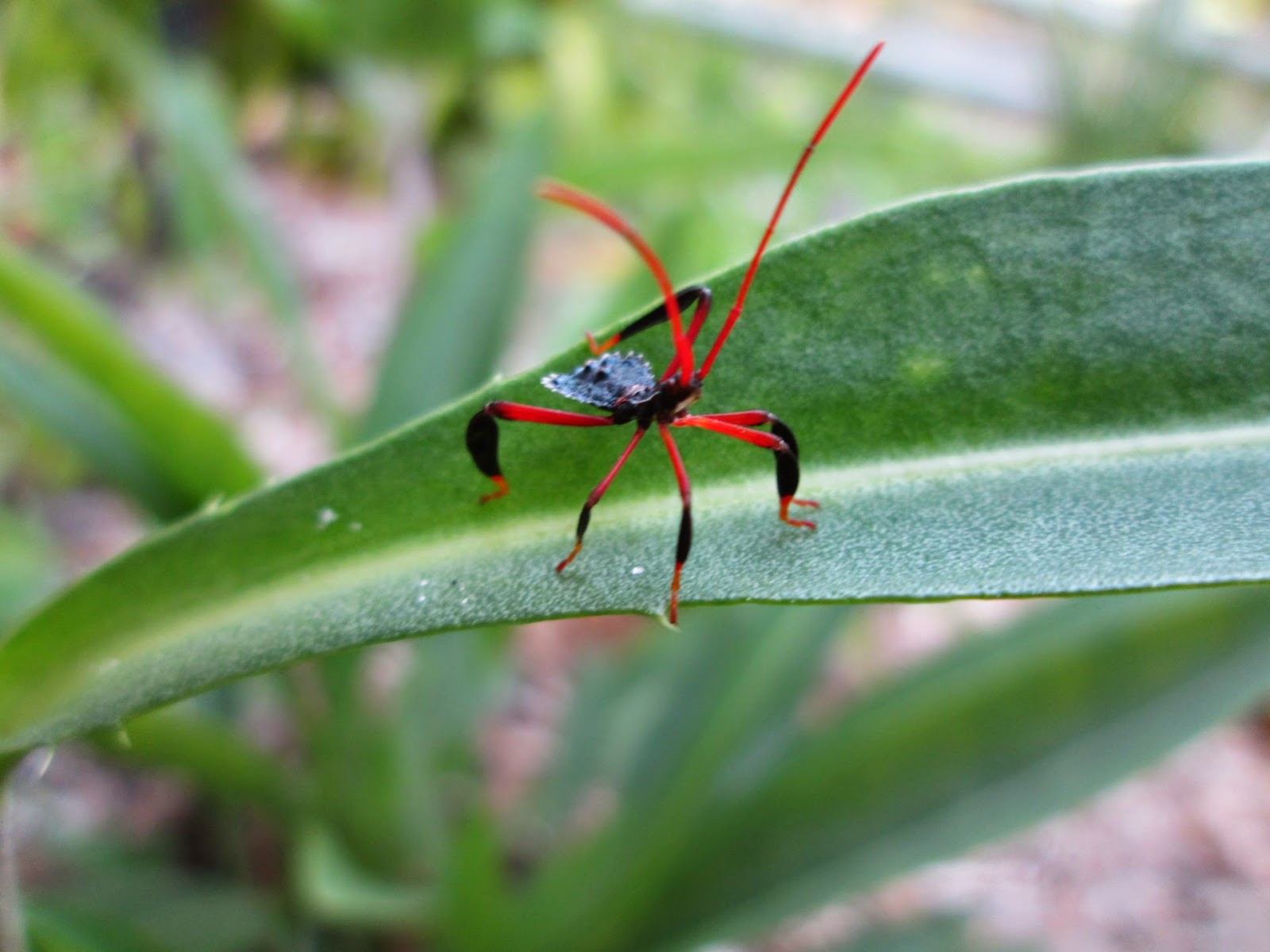Day 15 Learn about something that happened today in history and make something inspired by it. Rhinoceros Beetle Gong I now realize I may have misread the prompt. I thought I had to merely learn about some piece of history and use that as inspiration, but I'm sure on this day 1,000 years ago, 500 years ago, or even last year, a gong was sounded. Oh well! On the 15th I went to the Musical Instrument Museum (MIM) in Phoenix and based my project on the many gongs in their collection. They had a display illustrating how gongs are traditionally made (i.e. - labor intensive), and I learned that there are generally three types of gongs ( suspended gongs or tam-tams which are flat; bossed which have a raised center, are tuned, and sometimes suspended; and bowl gongs which are more like large bells). They originated in China, their first uses are thought to be as a signal for the workers to return from the fields since some gongs are loud enough to be h...









Comments
Post a Comment